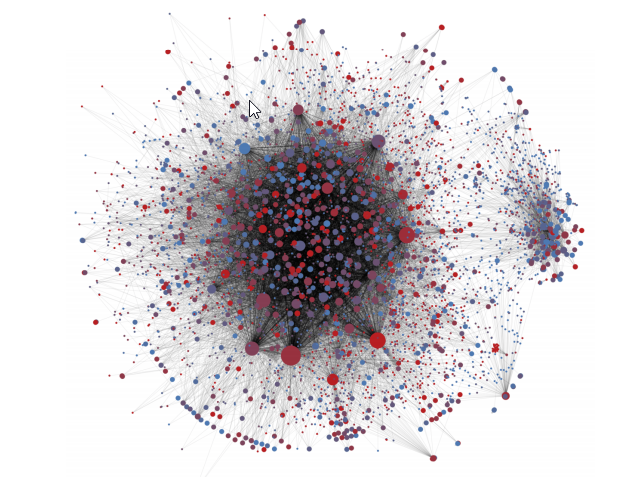The topic of false and distorted news has been a part of our history for thousands of years. The underlying motive behind the spread of false information is to sway the opinion of people to achieve some goal. In recent times, the term “fake news” has made its way into common everyday vocabulary due to its prevalence in Western culture, particularly in Western politics where certain groups defame political parties to influence the outcome of elections. The cascading effects of fake news in society is extremely relevant to our course material as it is a topic that can be examined through the flow of information networks to understand how fake news becomes viral. This blog post will discuss the following questions: How exactly does fake news spread? Is there a way for social media platforms to eliminate the spread of fake news?
Fake news is spread most effectively through social media platforms, such as Facebook, Twitter, and Instagram. The spread of fake news is typically done through bots, and “According to an estimate in 2017, there were 23 million bots on Twitter (around 8.5% of all accounts), 140 million bots on Facebook (up to 5.5% of accounts) and around 27 million bots on Instagram (8.2% of the accounts)” for a total of 190 million bots on the three platforms combined. The bots reach a large audience by flooding the platforms with false information through trending topics or hashtags, to gain publicity on their posts by being recognized by the platform’s relevance algorithm. With countless bots simultaneously relaying the same false information, naïve audiences often tend to believe propaganda and further spread the lies themselves, creating a cascading effect.


Can social media platforms prevent the spread of false information? Miriam Metzger, a UC Santa Barbara communications researcher says, “Fake news is perfect for spreadability: It’s going to be shocking, it’s going to be surprising, and it’s going to be playing on people’s emotions, and that’s a recipe for how to spread misinformation”. The natural attractiveness of fake news to the human mind means that fake news will always manage to trend in some way. Platforms such as Twitter can use false information detection algorithms to help with reducing the flow of fake news by creating true and false information models and act on their platforms accordingly. However, the issue of fake news arising in social networks will never be eliminated entirely because of the emotional responses generated from them.
Relevant links:
https://www.vox.com/science-and-health/2018/3/8/17085928/fake-news-study-mit-science
https://www.cits.ucsb.edu/fake-news/spread

I found this to be a very interesting and eye opening read. I found it shocking that these fake news are spread typically by bots. I do notice a lot of fake accounts on facebook, twitter, instagram and other social media platforms. Even I have been exposed numerous times to fake news and it can be dangerous, especially when the fake information being spread is on something that has a global impact.